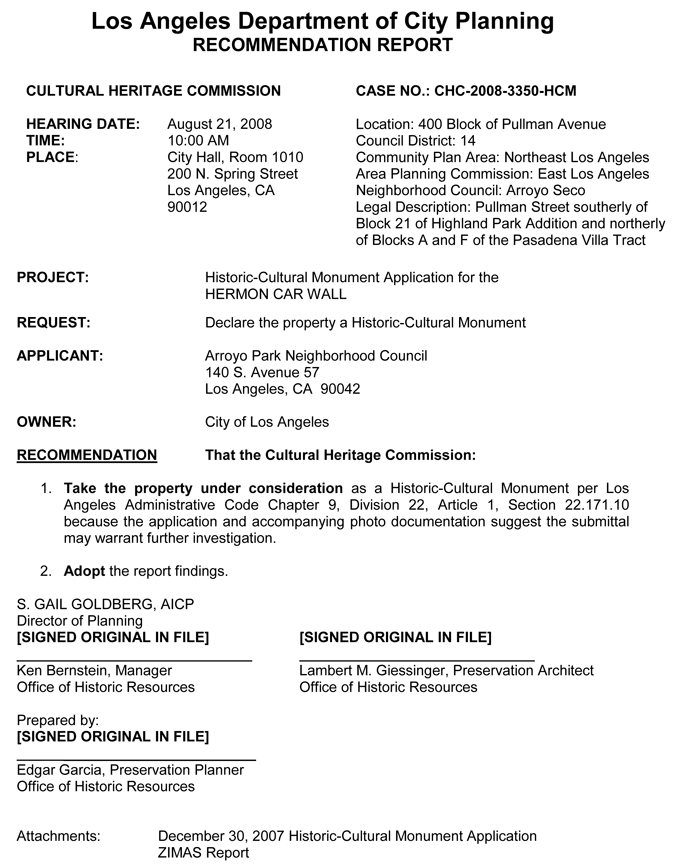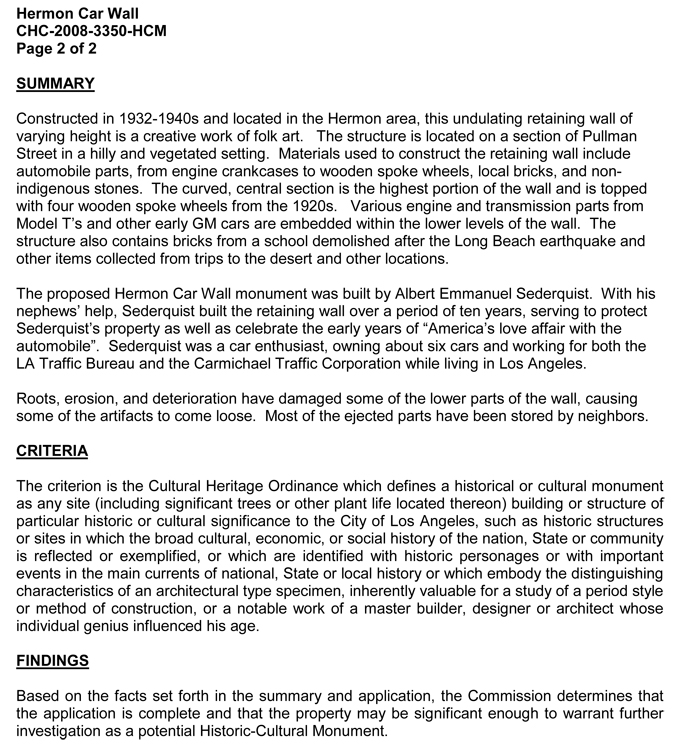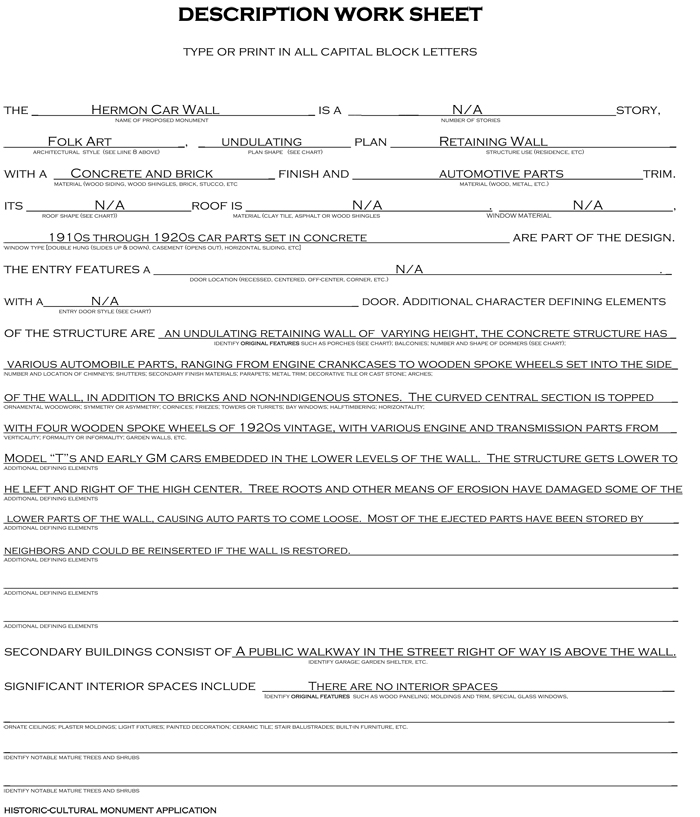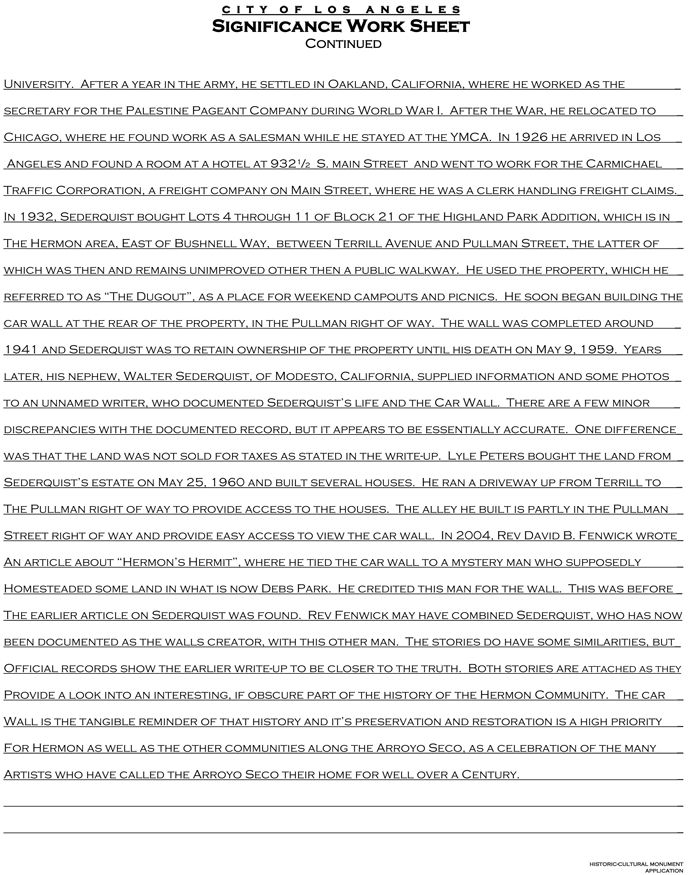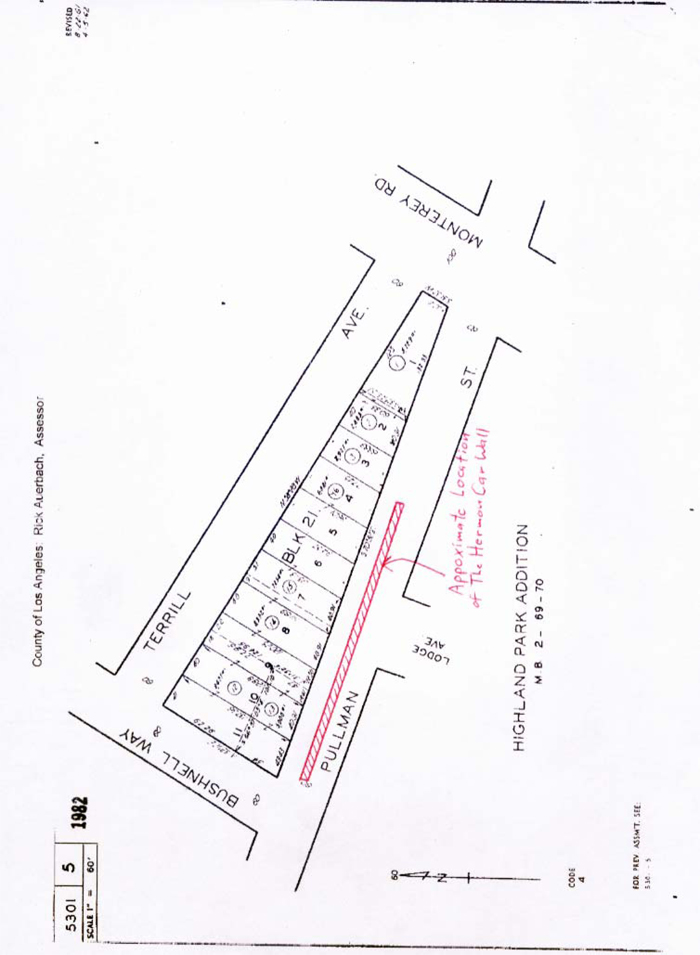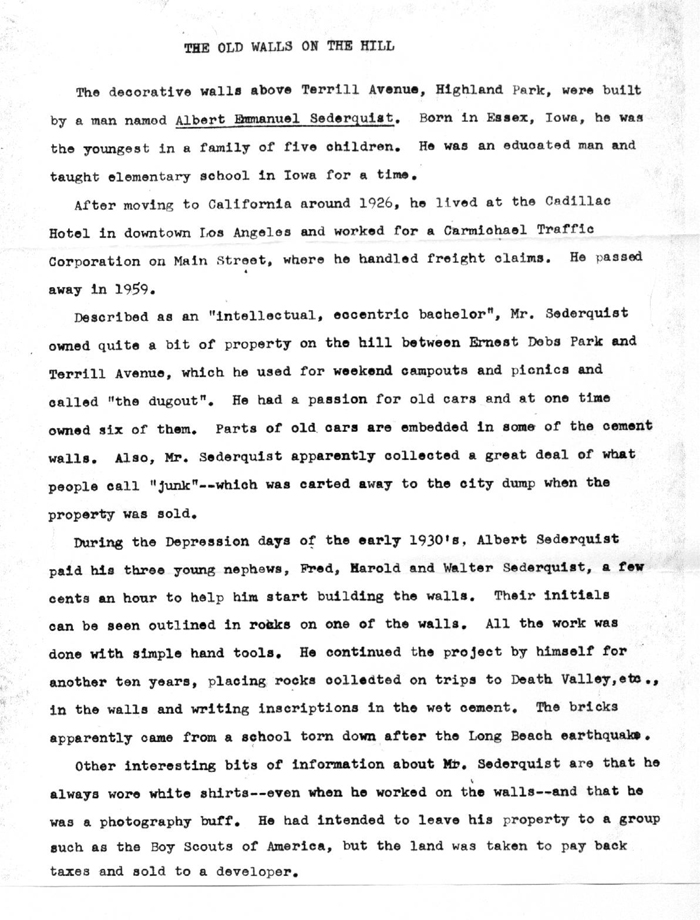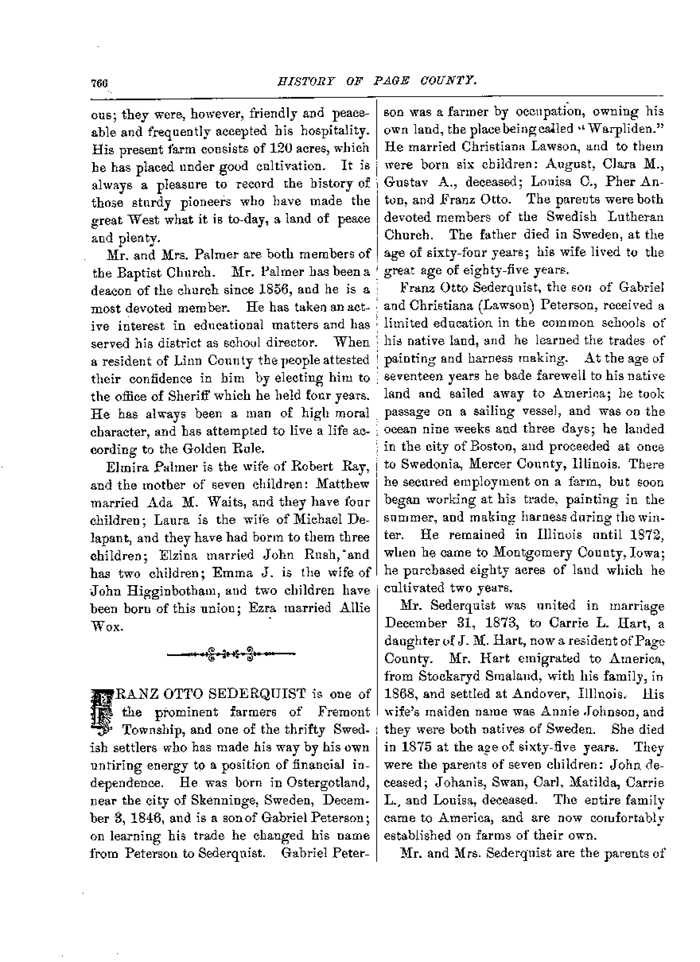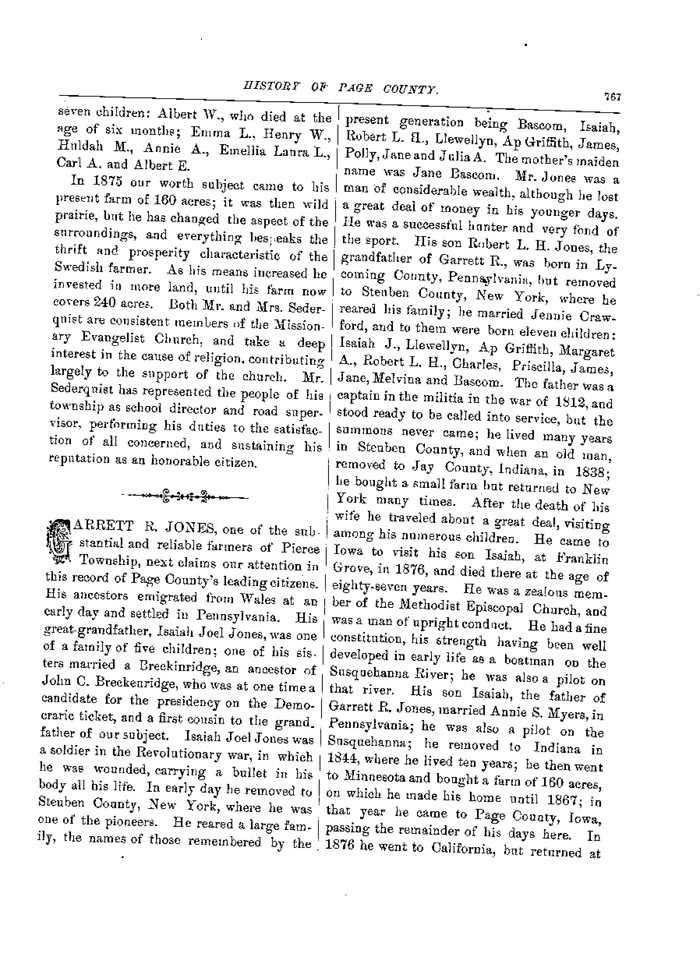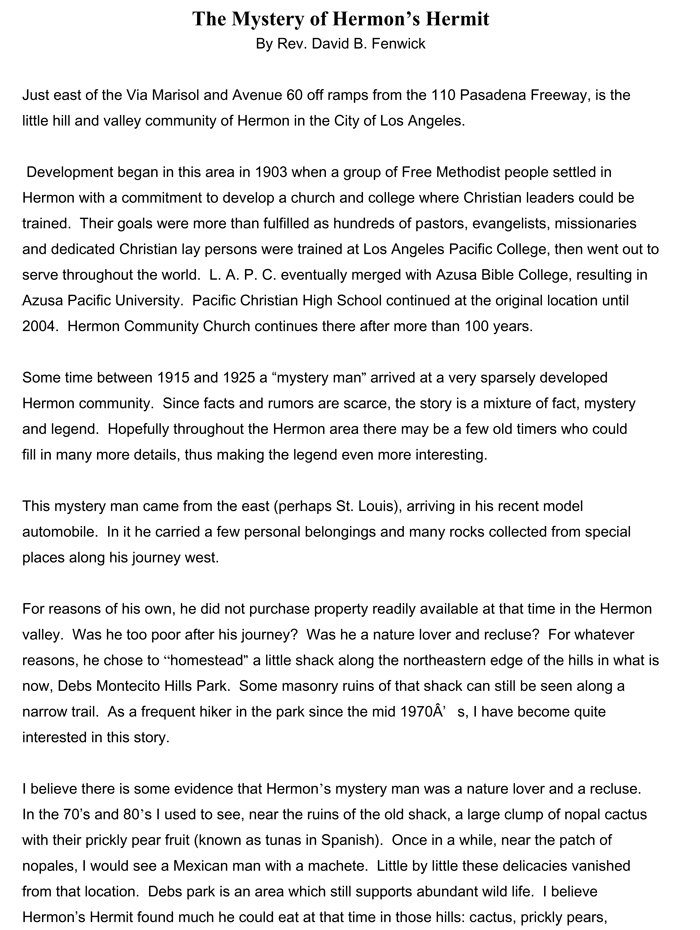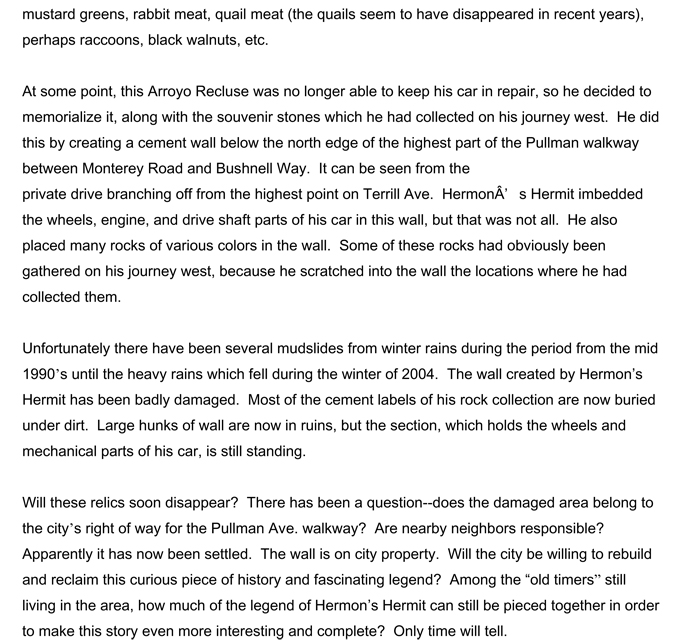After randomly hearing about a wall built with car parts in Los Angeles, it took me five months to find Hermon’s Car Wall, and, well, it was partly worth it.
After five months of (very intermittent) searching, there were grandiose visions in my head of this wonderful wall stretching into infinity, with thousands of car parts, holding up a cliff. That vision did not even closely match the reality of the remnants of a crumbling wall propping up a hillside.
A Little History:
Hermon’s Car Wall is similar to the Watts Towers [read my story about the Watt’s Towers here] in that they were built vaguely in the same time period and that they used junk as ornaments. But there is one big difference, the Watt’s Towers are completely useless, (which makes it art, right?) while the Hermon Car Wall is useful, because it’s a wall, built to keep the hillside falling down.
Although now, it seems to be failing at that job.
The two pieces of folk art have one other thing in common, they are both named after the city they were built in, not the person who built them. The man who built the car wall was an Albert Emmanuel Sederquist.
Mr. Sederquist arrived in Los Angeles in 1926 after being born in Iowa and traveling for a while. That seems to be a theme to those who arrived in Los Angeles at this time, that they were born elsewhere, and after some wandering end up in Los Angeles. This city seems to collect the lost. By the early 1930’s he worked for a freight company on Main Street and purchased the land where the wall is now standing. In 1932 he paid three of his nephews to help him to begin to build a retaining wall to keep the hillside from falling down onto his property.
He is said to have six old cars at this time, and began placing the worn out parts in the wall.
By early in WWII the wall was finished by Mr. Sederquist, but after his death in 1959 the land was taken for back taxes and sold to a developer.
How to get there:
The reason it me took so long to find the wall, is that all the maps and directions are horrible and/or wrong. The only map I could find was from a Los Angeles planning report on turning the wall into a historic monument, [attached below] but the map is wrong. The road the wall is seen to be running down never existed. That road is a walking path on the edge of Earnest E. Debbs Regional Park.
The wall is in a tiny neighborhood I had never heard of, called Hermon. It sits north east of downtown Los Angeles, just off the 110 freeway.
To get to the wall exit the 110 at Via Marisol. Head East. Take a right at the first major intersection onto Monterey Rd. After three or four roads turn right on Terrill Ave. Terrill is the last exit before Monterey cuts through a valley and has large concrete walls on each side.
Terrill Ave is only ten or so houses long, it ends almost before it begins. Upon entering Terrill the road heads uphill, then there is a short level patch at the top, then the road heads downhill, before ending at a 90 degree turn at Bushnell Way.
To reach the wall, park on Terrill or Bushnell –as there is no parking beside the wall- and walk to the highest point of Terrill Ave. Here there is -what looks like an individual driveway- heading south from Terrill. Walk up this road, it is actually the driveway for 5 or 6 houses. The wall is at the highest point of this driveway/road.
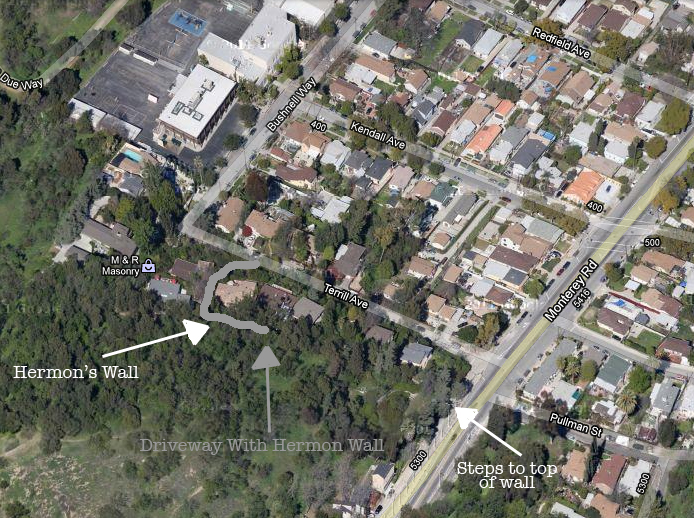
To visit the top of the wall, which is not very exciting because there is not much to see, but worth it because you are here anyway, enter the steps from Monterey Road. [see above map] When the pathway reaches its peak, you are above the wall.
The wall looks to be about 100 feet long, but 90 percent of it has fallen, or is falling down. The collapsing sections are propped up by lengths of wood.
The intact section is only about 10 feet wide, and this is where all the automotive parts are still stuck. There is a crankshaft, a gearbox with the top taken off so the innards are visible, and there is the top of the gearbox sitting inside out so the selectors are there. There are old-fashioned wooden wagon wheels at the top, and an exploded view of a differential.
Even me, a car person, an ex-mechanic, was not overly impressed by the wall. It is neat, and I’m glad it’s there. I’m glad it’s a historic monument, happy that the developer did not destroy it when he built the houses. I would like to see it restored to its former glory, but know that it will never be on par with the grandeur of the Watts Towers.
As always, these little –and big- pieces of art, randomly created by people who were not known as artists, make me happy, and glad it’s still around for us to enjoy.
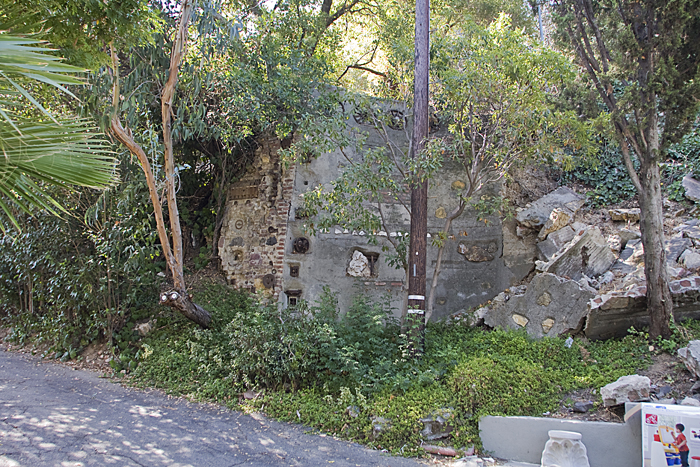
This is it, really. This is the only section of the wall that is still standing and has car parts attached.

A pulley and a gearbox, with the top removed and the innards revealed, in this detail of the Hermon Car Wall.
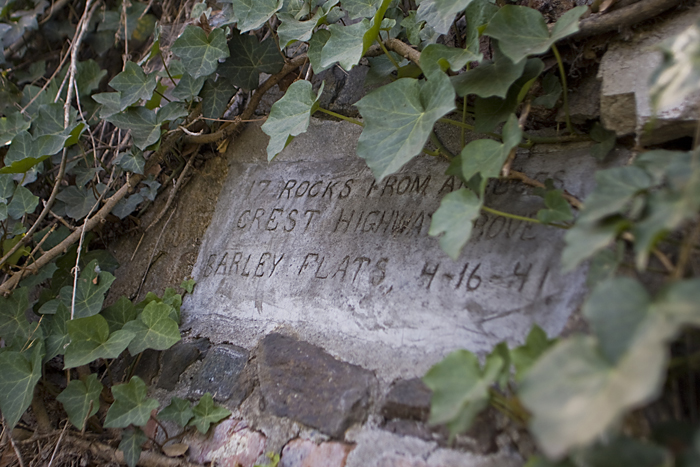
A plaque on top of the Hermon Car Wall. “17 rocks from Angeles Crest Highway above Barley Flats 4-16-41”
